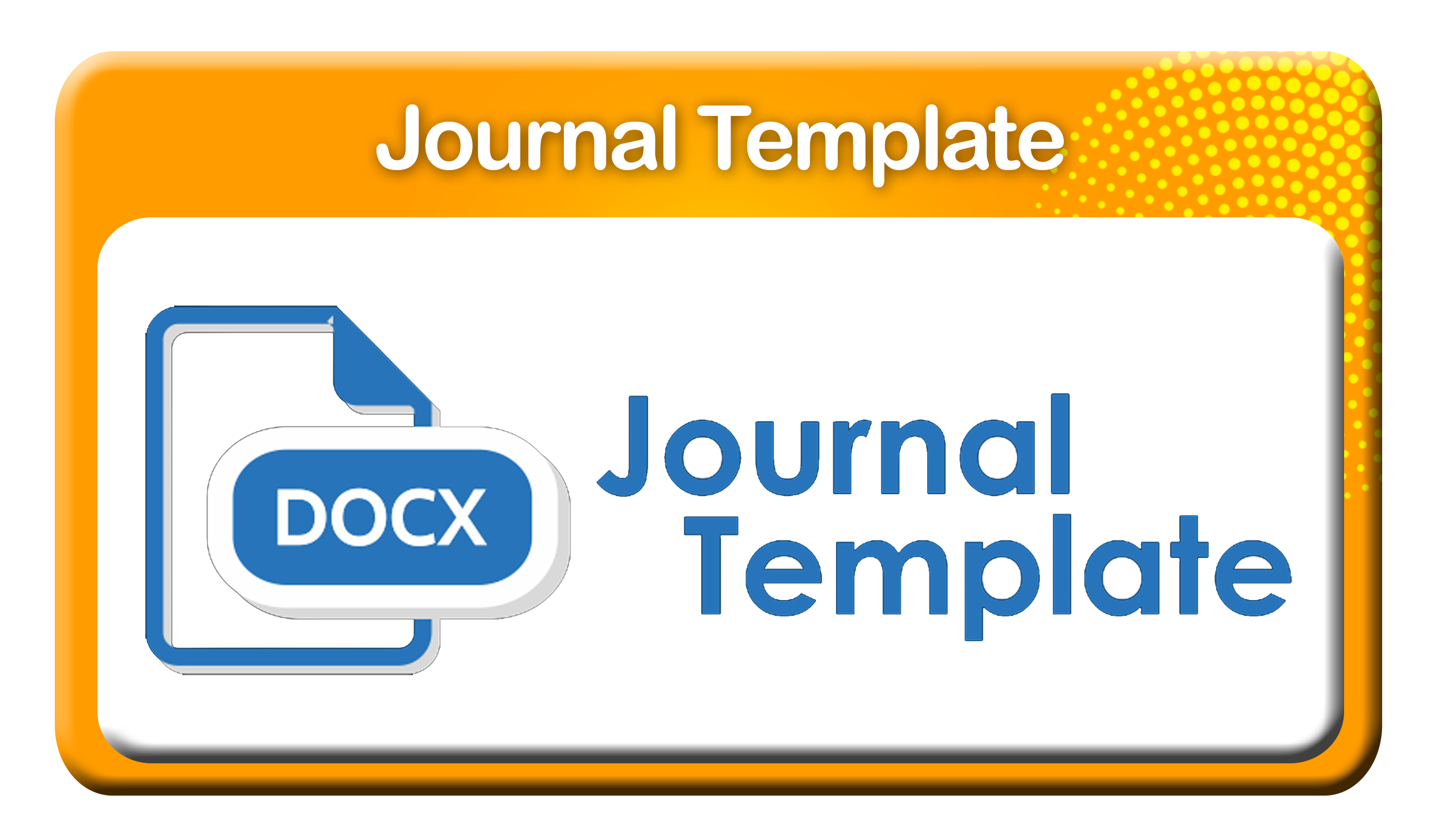HbA1c Levels in Diabetes Mellitus Screening and Diagnosis
DOI:
https://doi.org/10.58526/jsret.v2i4.294Keywords:
HbA1c, Diabetes mellitus, ScreeningAbstract
Diabetes Mellitus is a metabolic disorder characterized by increased blood sugar due to decreased insulin secretion by pancreatic beta cells and impaired insulin function (insulin resistance). By measuring glycohemoglobin (HbA1c) you can find out what percentage of the red blood cell dye (hemoglobin) contains sugar. To analyze HbA1c levels in screening and early diagnosis of diabetes mellitus. Observational descriptive research design. The population in this study were all type 2 DM sufferers at Bangil Pasuruan Regional Hospital, totaling 79 respondents. The sample consisted of 47 respondents taken using a purposive sampling technique. The research instrument was an examination of HbA1c levels and an observation sheet. With controlled HbA1c levels, all of them have a normal BMI, eat a regular diet regularly take insulin medication, and adopt more regular exercise habits. Meanwhile, respondents with uncontrolled HbA1c had a BMI of underweight, normal, overweight, and most did not exercise regularly and did not regularly take antidiabetic drugs.
Downloads
References
Ayele, K., Tesfa, B., Abebe, L., Tilahun, T., & Girma, E. (2012). Self-care behavior among patients with diabetes in Harari, Eastern Ethiopia: the health belief model perspective. PLoS One, 7(4):e35515.
Barzkar, H., Nikbakht, H. A., Zeinolabedini, M., Babazadeh, T., Hassanipour, S., & Ghaffari-fam, S. (2019). Factors associated with therapeutic target achievement in the control of complications in consequence of diabetes: A hospital-based study in west of Iran. Diabetes and Metabolic Syndrome: Clinical Research and Reviews, 13(3), 2009–2013. https://doi.org/10.1016/j.dsx.2019.04.031
Betteng, R., & Mayulu, N. (2014). Analisis Faktor Resiko Penyebab Terjadinya Diabetes Melitus Tipe 2 Pada Wanita Usia Produktif di Puskesmas Wawonasa. E-Biomedik (EBM), 2(Nomor 2), 404–412.
Crawford, K. (2017). Review of 2017 Diabetes Standard s o f C are. 52, 75231.
Dahlan, S. (2014). Statistik Untuk Kedokteran dan Kesehatan [Statistics for Medicine and Health] (6th ed.). Epidemiologi Indonesia.
Fatimah, R. N. (2015). Diabetes Melitus Tipe 2: Artikel Review. J Majority, 4, 93–101.
Franke, F. J., Arzt, M., Kroner, T., Gorski, M., Heid, I. M., Böger, C. A., Jung, B., Zeman, F., & Stadler, S. (2019). Daytime napping and diabetes-associated kidney disease. Sleep Medicine, 54, 205–212. https://doi.org/10.1016/j.sleep.2018.10.034
Ghandour, R., Mikki, N., Abu Rmeileh, N. M. E., Jerdén, L., Norberg, M., Eriksson, J. W., & Husseini, A. (2018). Complications of type 2 diabetes mellitus in Ramallah and al-Bireh: The Palestinian Diabetes Complications and Control Study (PDCCS). Primary Care Diabetes, 12(6), 547–557. https://doi.org/10.1016/j.pcd.2018.07.002
Kemenkes. (2019). Info Datin: Waspada Diabetes [Datin Info: Beware of Diabetes]. Kemenkes RI; Pusat Data dan Informasi Kementrian Kesehatan RI. https://pusdatin.kemkes.go.id/folder/view/01/structure-publikasi-pusdatin-info-datin.html
Mohebi, S, Parham, M., Pour, E., & Kamran, A. (2013). Self-care assessment in patients with diabetes in qom city in 2013. Arch Hyg Sci.
Mohebi, Siamak, Parham, M., Mozafarion Pour, E., & Kamran, A. (2014). Self-care Assessment in Patients with Diabetes in Qom city in 2013. Archives of Hygiene Sciences, 3(4), 167–176.
Notoatmodjo, S. (2010). Metodelogi Penelitian Kesehatan (Revisi Cet). PT Rineka Cipta.
Polit, D. F., & Beck, C. T. (2010). Essentials of Nursing Research Appraising Evidence for Nursing Practice (Seventh Ed). Library of Congress Cataloging in Publication Data.
Sabri, L., & Hastono, S. P. (2014). Statistik Kesehatan (ke-8). Rajawali Pers.
Sodipo, O. O., Adedokun, A., & Olusola, A. A. (2017). Effect of self-monitoring of blood glucose on glycaemic outcome among type 2 diabetic patients. South African Family Practice, 59(6), 208–213. https://doi.org/10.1080/20786190.2017.1340250
Soewondo, P. (2014). Harapan Baru Penyandang Diabetes Mellitus pada Era Jaminan Kesehatan Nasional 2014. EJKI, 2(1), 1–6.
Tan, E., Khoo, J., Gani, L. U., Malakar, R. D., Tay, T. L., Tirukonda, P. S., Kam, J. W., Tin, A. S., & Tang, T. Y. (2019). Effect of multidisciplinary intensive targeted care in improving diabetes mellitus outcomes: A randomized controlled pilot study - The Integrated Diabetes Education, Awareness and Lifestyle modification in Singapore (IDEALS) Program. Trials, 20(1), 1–10. https://doi.org/10.1186/s13063-019-3601-3
Trisnawati, S. K., & Setyorogo, S. (2013). Faktor Risiko Kejadian Diabetes Melitus Tipe II Di Puskesmas Kecamatan Cengkareng Jakarta Barat Tahun 2012. Jurnal Ilmiah Kesehatan, 5(1), 6–11.
Tuomilehto, J., Lindstr, J., & Eriksson, J. (2017). STANDARDS OF MEDICAL CARE IN DIABETES — 2017 Standards of Medical Care in Diabetes d 2017. 40(January).
Zhang, X., Qin, J., Zhao, Y., Shi, J., Lan, R., Gan, Y., Ren, H., Zhu, B., Qian, M., & Du, B. (2016). Long-term ketogenic diet contributes to glycemic control but promotes lipid accumulation and hepatic steatosis in type 2 diabetic mice. Nutrition Research, 36(4), 349–358. https://doi.org/10.1016/j.nutres.2015.12.002
Downloads
Published
How to Cite
Issue
Section
License
Copyright (c) 2023 Ima Rahmawati, Emyk Windartik

This work is licensed under a Creative Commons Attribution-ShareAlike 4.0 International License.
Copyright @2022. This is an open-access article distributed under the terms of the Creative Commons Attribution-ShareAlike 4.0 International License (https://creativecommons.org/licenses/by-sa/4.0/) which permits unrestricted commercial used, distribution and reproduction in any medium
JRSET is licensed under a Creative Commons Attribution-ShareAlike 4.0 International License.






